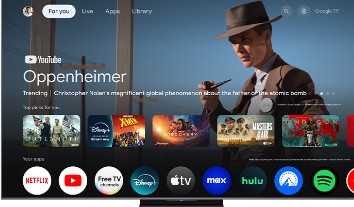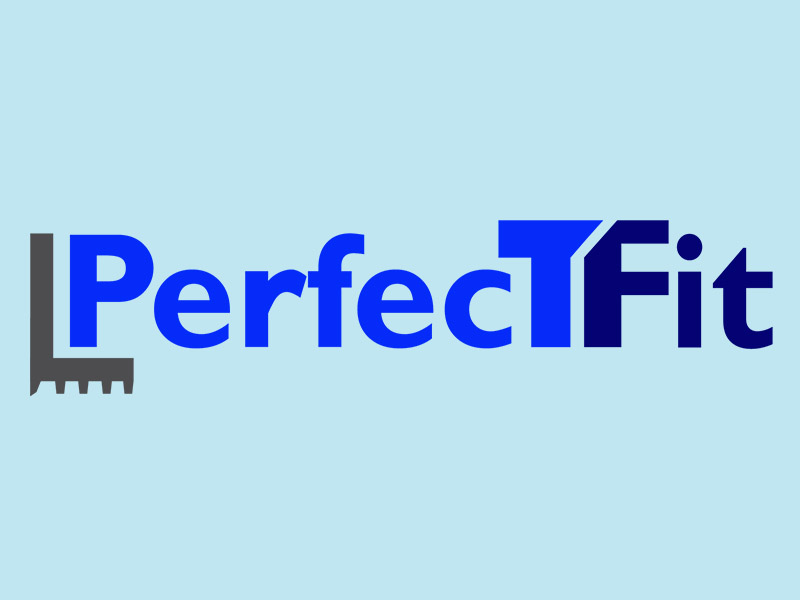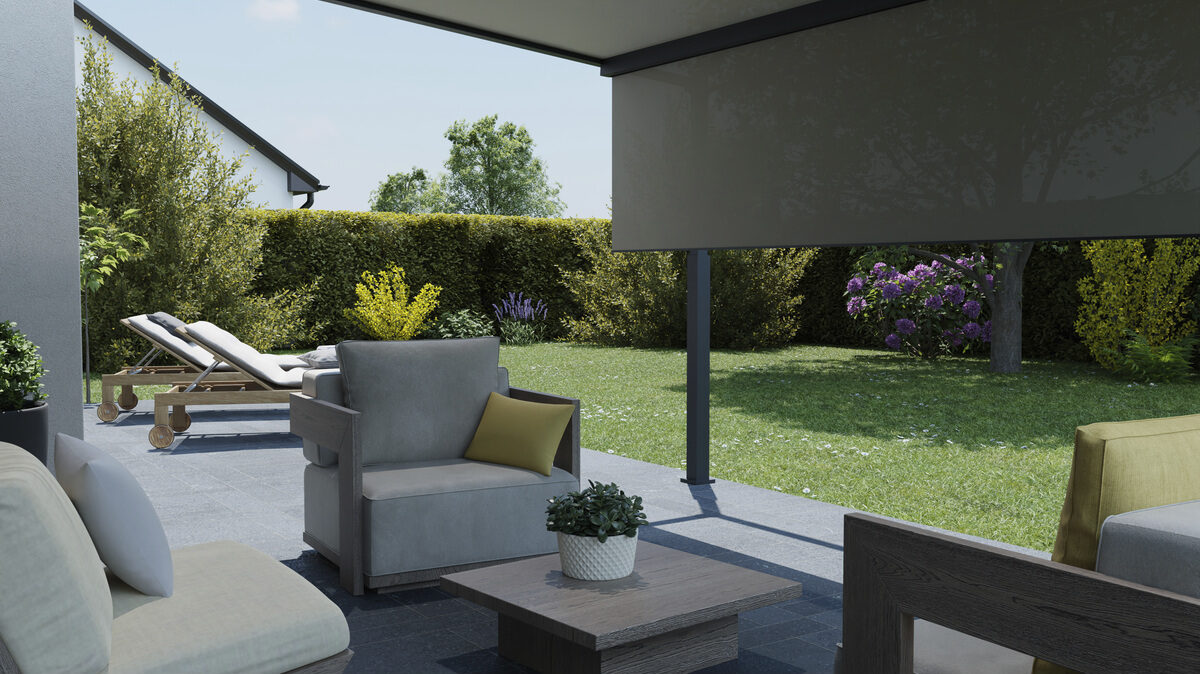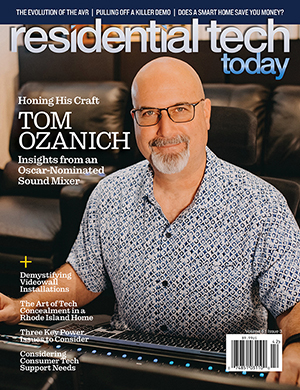When the Chinese electronics giant TCL entered the North American TV market a little over 10 years ago, the reaction from many might have been “TC-Who?” Some might have also put them in the category of bargain brands in comparison to the legacy brands. Perhaps, but remember that it wasn’t all that long ago that the likes of Samsung and LG, once known as “Lucky Goldstar” were viewed the same way in comparison to the Japanese and US-based legacy brands.
My, how things have changed. Other than Sony and more recently a reintroduced Panasonic, the legacy Japanese brands are now mostly used on licensed products. Samsung and LG? One might now say that they are the legacy brands, with both in the top five best selling brand listings and Samsung often at the top of that list. TCL, and their Chinese competitor Hisense? They are now well established as major forces in the TV market, right at the top of the sales charts with the older legacy brands in no small part to their features and technology, not just for price.
With that as background, TCL has just introduced their latest model line, the QM8K series. If you were a time traveler coming back from their first sets back in 2013 to today and saw the new models with that brand name covered up, you’d think that these sets were from a different brand. As will be described here, these are very noble competitors in the higher end of the TV set universe that is on par with anything from any other brand, legacy or otherwise.

As is natural for what will be a top-line contender, the main focus for QM8K, pun intended, is picture quality and the way it is achieved. At the top of the list is what TCL calls their Halo Control System that combines high energy mini-LED chips with a “Super Condensed Micro Lens” on the LEDs behind a newly designed CrystGlow WHVA panel with a special anti-reflective front surface that is said to deliver a 40 percent wider viewing angle with better contrast than previous models. From an appearance standpoint the set as what is called “Zero Border” the virtually eliminates the bezel and extends the image viewing area to within 4mm from the edge, a 90% reduction in bezel border size from first generation sets. Total screen depth has also been reduced
The Halo Control System also includes what TCL calls “Micro OD”, which places the LEDs closer to the screen for reduced blooming and Zero Delay Transient Response for crisp frame-to-frame transitions with virtually no lag between the input signal and how the backlight responds to it, preventing imager blur and maximizing specular highlights. Driving this is a new 23-bit backlight controller that enables over 65,000 levels of brightness for each individual LED.
Putting this all together, these individual technologies, the panel’s technologies and the system’s TCL AiPQ Pro processor the set is able to deliver up to 3800 precise local diming zones and HDR5000 brightness.
From the spec sheet viewpoint, on the video side of things all four new QM8K models have HDR10, Dolby Vision, Dolby Vision IQ, HDR10+, HLG, IMAX Enhanced and the latest version Filmmaker Mode. Gamers will take note of the 144Hz native panel refresh rate, Game Accelerator 288 for 288 VRR and AMD’s FreeSync Premium Pro.
On the audio side the set features audio designed by Bang & Olufsen with up-firing Dolby Atmos drivers for immersive audio as well as DTS:X audio. Operationally, the new sets continue TCL’s move away from Roku with Google TV as the operating system and there is a new backlit voice remote for hands-free voice control.
Wi-Fi 6 is there for the connectivity conduit along with wired Ethernet with four HDMI inputs and one each USB 3.0 and 2.0 ports available. Bluetooth is also there for use with headphone or earbud listening. Important in these days of cord-cutting, all models now include ATSC 3.0/NextGen TV tuners along with the standard ATSC 1.0 system for off-air reception. With NextGen now reaching over 75% of the US population this is an important feature, particularly for sports fans given the upcoming changes which will see more NBA broadcasts and other sports leagues increasing their free-to-air coverage next season.

The 65” and 85” models are available now at $2,299.99 and $3,799.99, respectively. 75” and 98” models will be available next month at $2,999.99 and $6,499.99, respectively.
While the audio capabilities of the new QM8L models are impressive, TCL is not leaving anything to chance on the audio side with the announcement that the QM8K, as well as the QM7K and QM6K models will support Dolby Atmos Flex Connect. This technology will enable users to place speakers almost anywhere they choose in a room and let the FlexConnect system optimize the soundfield for an optimal sound experience when used with the TCL Z100 smart, panoramic speakers that will be introduced later this summer.
Also, on the sound side of the home theater experience, TCL is also introducing their new Q65H sound bar. Its 5.1 channel configuration with 290 watts of amplifier power with a total of 8 speaker drivers that include wide dispersion side surround speakers to deliver the imaging that best reproduces the unit’s Dolby Atmos and DTS:X decoding and DTS Virtual:X processing. A 6.5” wireless subwoofer is also included with the.
The new soundbar uses the TCL mobile app for automatic room calibration and features HDMI eARC and optical digital inputs as well as Bluetooth 5.2 and USB audio playback. The Q65H is available now at $499.99.
With these new additions to their model lineup TCL is continuing to prove that they are no longer one of the “new guys on the block”. Indeed, their technology, features and breadth of model ranges validates their market position and merits consideration alongside any of the major brands.







![ecobee premium airzone control The ecobee Smart Thermostat Premium. [Photo credit | ecobee]](https://restechtoday.com/wp-content/uploads/2025/06/ecobee-premium.jpg)
![Hub 3_02 The SwitchBot Hub 3 provides a user-friendly solution to the growing complexity of modern smart homes. [Photo credit | SwitchBot]](https://restechtoday.com/wp-content/uploads/2025/06/Hub-3_02-scaled-e1750179791687.png)
